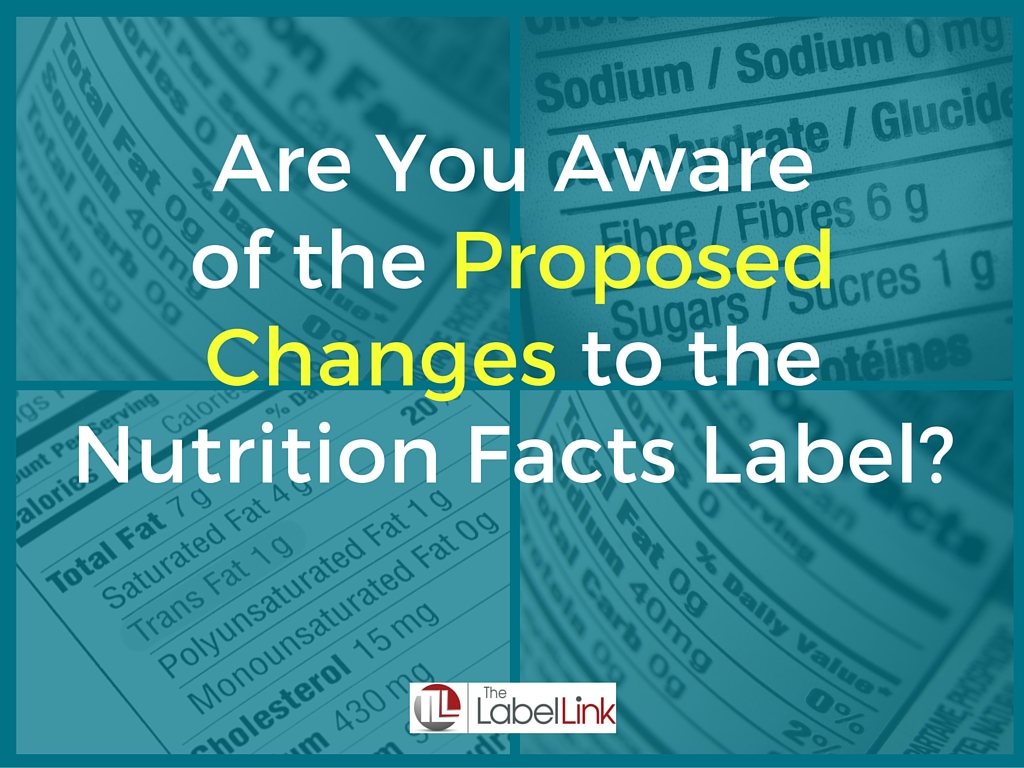
Will These Proposed Changes to the Nutrition Facts Label Affect Your Products?
How comfortable are you with the current guidelines for the information on a nutrition facts label? If you feel pretty confident you have your packing right, you might be disappointed to hear that the U.S. Food and Drug Administration (FDA) has proposed two changes that could affect your labels going forward.
The changes to the nutrition facts label are not significant. Still, they will require that food and beverage manufacturers update their labels and disclose one more detail about their product.
Here are the two proposed changes and how they might affect your business.
Proposed Change #1: A True Representation of Sugar Content
Sugar content has come to the forefront of discussion in recent years. Added sugars in foods in particular are catching the eye of health research studies like this one, which just so happened to come out at the same time as the proposed nutrition facts label changes.
Sugar content is already posted on packaged foods. To give consumers more information about the amount of added sugar, the FDA has proposed to change the nutrition facts label.
If passed, packaged foods will need to disclose the percent daily value (%DV) of added sugars. This will appear in a similar way as sodiums and certain fats. Based on the FDA’s recommendations, the daily intake of calories from added sugars should not exceed 10% of total calories.
Proposed Change #2: Shortening the Footnote
The FDA also wants to update the footnote.
Currently, the footnote reads, “Percent Daily Values are based on a 2,000 calorie diet. Your Daily Values may be higher or lower depending on your calorie needs.” This is long and cumbersome, so the FDA has proposed to shorten it to the following: “The percent daily value (%DV) tells you how much a nutrient in a serving of food contributes to a daily diet. 2,000 calories a day is used for general nutrition advice.”
The change isn’t significantly shorter, but it will still help take up less real estate on product packaging if passed.
What Happens if These Changes Are Approved?
Chances are, these changes won’t be approved for another few months at the earliest. The FDA reopened the comment period for these proposed changes in early October 2015 and then closed the comments on October 23, 2015. That means that only a few months ago, they were still collecting data and feedback to help make their decision.
If the FDA decides to go through with the proposed changes, your business will need to reprint all of its labels.
Question: How much will these new regulations help or hurt your business?
Aside from the extra cost of printing new labels, it’s important to consider how much these new nutritional facts label guidelines could help or hurt your business. For example, if your product has no added sugars, the new guidelines could help. Or, if you’re struggling to fit the nutritional facts label onto your current product packaging, you might benefit from the shortened footnote.
The FDA will undoubtedly have a grace period for product manufacturers for when the new labels must be added. Still, it’s hard to predict how many labels you should order now for your food or beverage product so you feel the least amount of impact. We can help.
